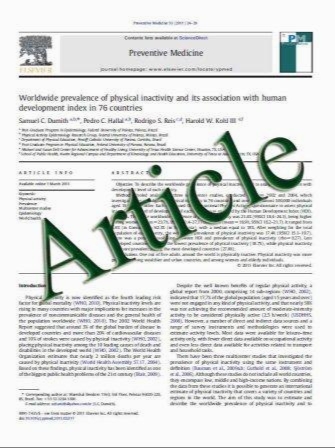Quantum Dot Nanocrystals and Supramolecular Lanthanide Complexes – Energy Transfer Systems for Sensitive In Vitro Diagnostics and High Throughput Screening in Chemical Biology
- نوع فایل : کتاب
- زبان : انگلیسی
- مؤلف : Niko Hildebrandt* and Hans-Gerd Lِhmannsrِben
- چاپ و سال / کشور: 2007
Description
Resonance Energy Transfer (RET) plays an important role, both scientifically and commercially, in diagnostics and high throughput screening. For qualitative and quantitative analysis, RET systems are usually assembled through molecular recognition of biomolecules labeled with donor and acceptor luminophores. Lanthanide complexes, as well as quantum dot nanocrystals (QD), possess unique photophysical properties that make them especially suitable for applied RET systems in chemical biology. This review deals with the RET theory, and advantages are compared to conventional systems (using optical and other detection techniques). Different molecular recognition processes, as well as labeling techniques yielding biocompatibility are described. The photophysics of Ln complexes (e.g. millisecond luminescence decay times, line-shaped emission spectra, antenna effect of the ligand) and of QD (e.g. high extinction coefficients, size-tunable emission spectra, chemical stability) as well as their RET properties are described in detail. We give an overview of biochemical applications using lanthanide complexes and QD, e.g. immunoassays, DNA analysis and nanometer distance measurements (spectroscopic ruler) and some selected results are outlined. In particular, the recent scientific progress in biocompatible QD RET systems with the use of QD as energy donors as well as acceptors together with Ln complexes as donors is highlighted. The worldwide economic and scientific interests, as well as potentials for in vitro diagnostics (IVD) are addressed and the benefits regarding high throughput techniques, ultrahigh sensitivity, multiplexing measurements and miniaturization are discussed
Current Chemical Biology, 2007, 1, 167-186


